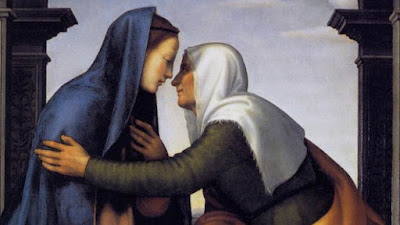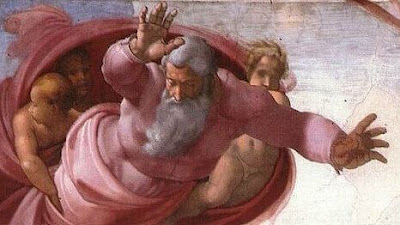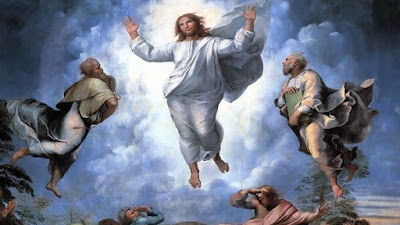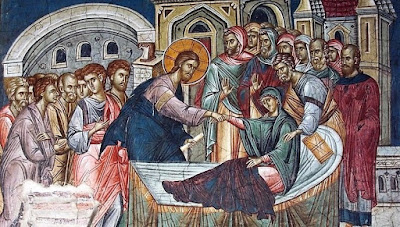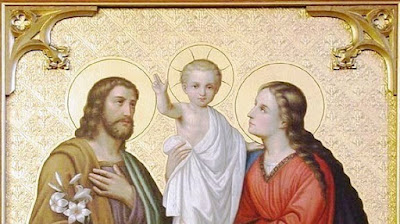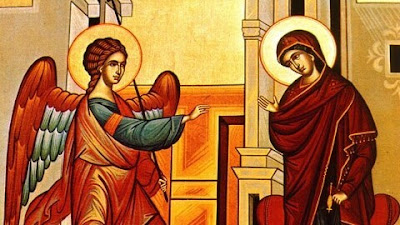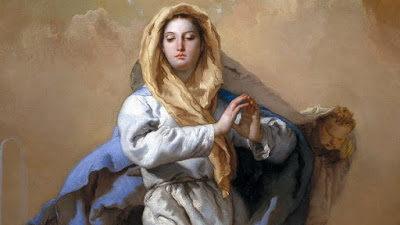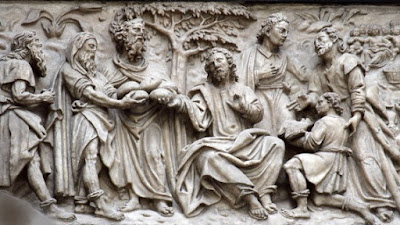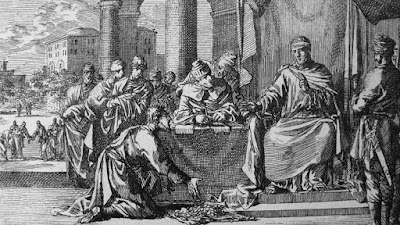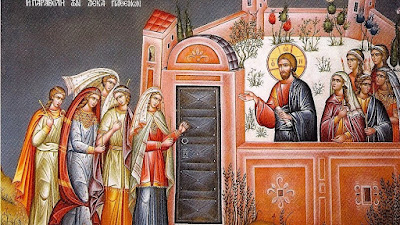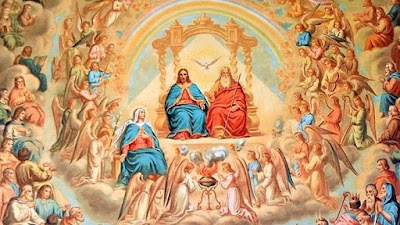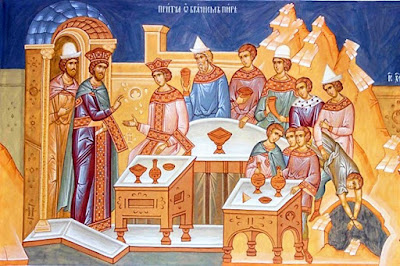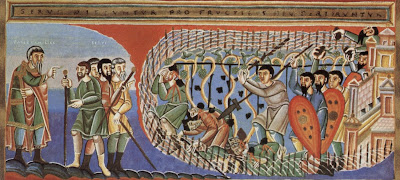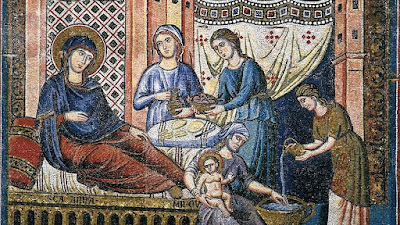Homily for the 4th Sunday in Advent, December 19, 2021, Year C

Fr. Charles Irvin Diocese of Lansing ( Click here for Sunday’s readings ) The Gospel account for this 4th Sunday of Advent is about two pregnant women, one of whom, Elizabeth, was already in the sixth month of her pregnancy. Mary had only recently received the news that she was pregnant. It was a life-changing announcement, and she probably needed some time to herself, time to prepare, time to reflect, time to get herself together. But she didn’t think of her own needs. Instead, she set out on an arduous journey to visit her cousin Elizabeth who was six months pregnant and to care for her. That’s not something most women would do. But these were two remarkable women, remarkable in the sense that under ordinary circumstances they would not be pregnant. One was a virgin; the other was beyond, way beyond, childbearing age. Both were not supposed to be pregnant. But God was at work within them. To add to the unexplainable mystery, they both bore within their wombs mysterious babies. One

